Who is Affected by a Data Breach?
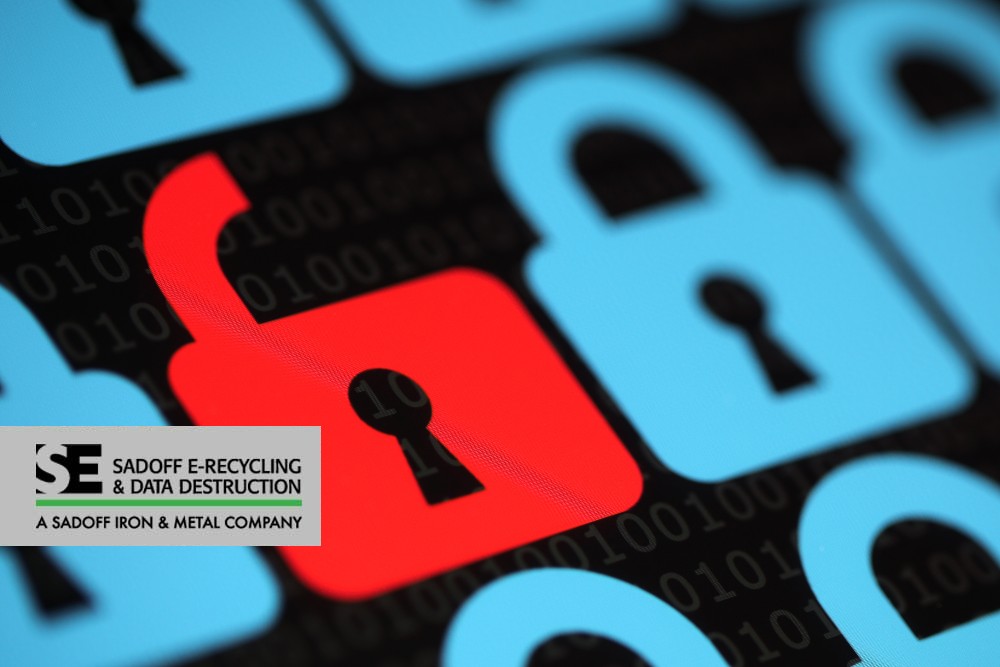 15
15 Dec
Data breaches sound scary, don’t they? We all know how important data can be, or at least we have a vague concept of its importance, and a breach sounds terrifying. At the end of the day, who is affected by a data breach though? Let’s dig into that topic and explore just who is at risk.
Who Are the Most Common Victims of a Data Breach?
Before we can answer this, we have to understand that most data breaches involve two different types of victims, at least at the corporate level. The company that experienced the data breach is certainly a victim, but often, they are often not the target.
Sometimes there is a reason to go after a specific corporation or another, but most of the time, the data thieves are just opportunists. They aren’t going to pick your company because they have a grudge or an axe to grind. They are going to pick you because you left a vulnerability open and they found it. What they want is data on as many people as possible. This means your clients and even your employees.
What Information Are Data Thieves After?
Data thieves want PII or personally identifiable information. You can think of things like social security numbers, credit card numbers, etc, but even basic information such as phone numbers, addresses, and more can be useful. Corporate data, including trade secrets, is often harder and riskier to make money from.
What Will a Data Thief Do With Stolen Data?
 Data thieves typically have one of three choices. They can attempt to blackmail your company. This scam usually isn’t run because it opens them up for capture, makes the breach immediately known, and assumes too much risk. Most of the time, “hackers” that try to blackmail companies, never stole any data to begin with. They either bought it from the original thief or never had it to begin with and just want a quick payday.
Data thieves typically have one of three choices. They can attempt to blackmail your company. This scam usually isn’t run because it opens them up for capture, makes the breach immediately known, and assumes too much risk. Most of the time, “hackers” that try to blackmail companies, never stole any data to begin with. They either bought it from the original thief or never had it to begin with and just want a quick payday.
A data thief can also use the data. With the right data, they can open bank accounts, credit cards, and more. This is one of the many ways identity theft can happen, and the victim can go a long time before they notice all the while the thief is racking up debt under their victim’s name.
What most data thieves will do is sell the data, commonly on the dark web. This gives them a quick payday and saves the risk of using the data for someone else. This also makes it a lot harder to track down and determine a source. For the victim company, the longer it takes to discover that a breach has occurred, the more expensive the breach will be to clean up.
What is the Best Way for Small Businesses to Destroy Data?
How Do Data Breaches Happen?
For small to medium-sized businesses the two most common types of breaches are either a third party partner or through physical theft. Third-party theft is hard to combat. You just have to pick partners you trust and ones that own liability. Physical theft means theft of hard drives, data devices, or computers. Once stolen, the thief is free to take their time. You can combat this through proper ITAD and data destruction policies.
Read More: How Do We Limit Liability For E-Recycling and Data Destruction?
Data Destruction and ITAD Consulting Services
You can lean on Sadoff for our data destruction services and if you need help building or implementing an ITAD program yourself, we can help with that too. Reach out to the team at Sadoff today!
Categorized in: Data Security



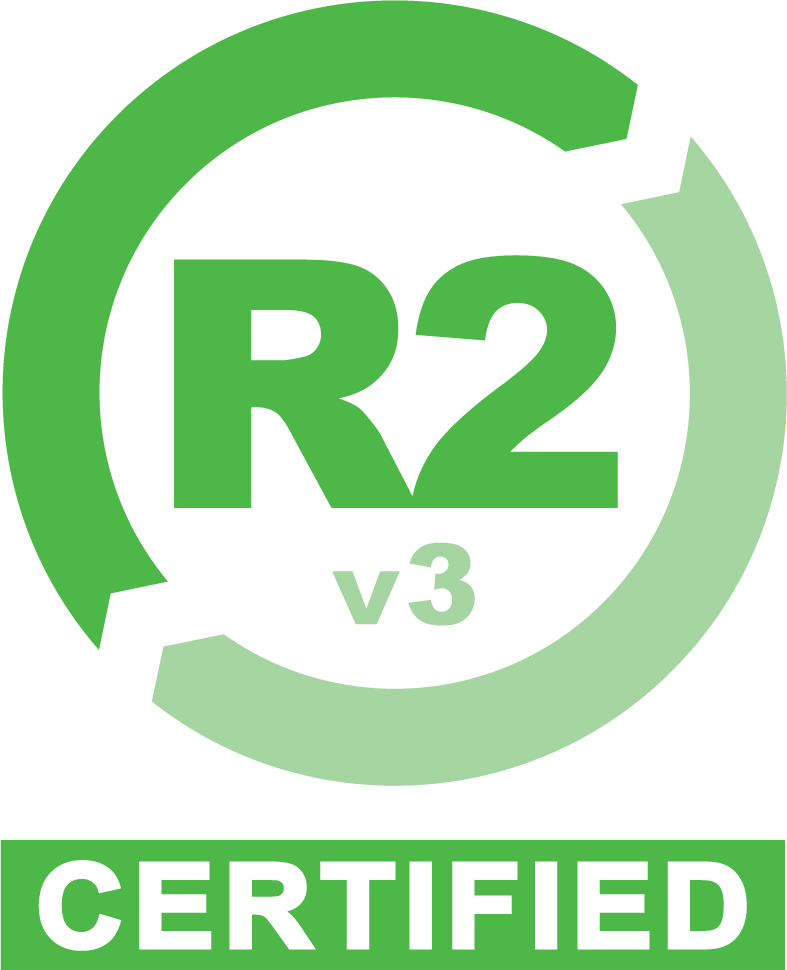
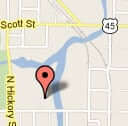 Google map directions
Google map directions
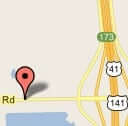 Google map directions
Google map directions
 Google map directions
Google map directions
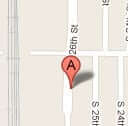 Google map directions
Google map directions
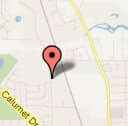 Google map directions
Google map directions
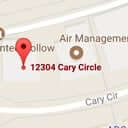 Google map directions
Google map directions
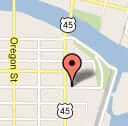 Google map directions
Google map directions